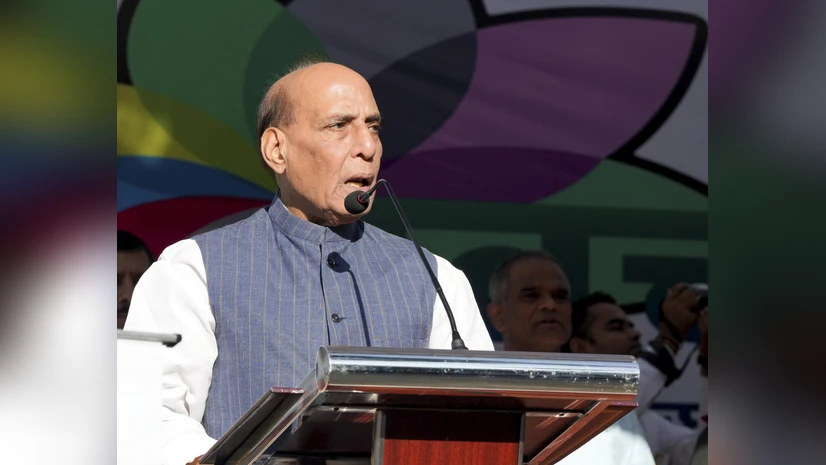
Defence Minister Rajnath Singh officially unveiled the Defence Procurement Manual (DPM) 2025, which will come into effect on November 1. The new manual is designed to streamline revenue procurement for the Indian Armed Forces, ensuring critical equipment and services are acquired efficiently to meet operational requirements.
The DPM 2025 replaces the 2009 version and introduces significant reforms aimed at reducing delays, enhancing transparency, and promoting ease of doing business in defence procurement. One key change is the modification of liquidated damages (LD) rules: the maximum penalty for delays is capped at 10%, and for indigenously manufactured products, the LD has been reduced to 0.1% per week-a major relaxation compared to previous guidelines.
A central goal of the updated manual is to promote self-reliance in defence manufacturing. By simplifying processes and providing clearer guidelines, the DPM 2025 encourages greater participation from MSMEs and startups, enabling private industry to play a larger role alongside public sector units.
The manual also emphasizes coordination between the three armed services, allowing for joint procurement and better resource utilization. These measures are expected to create a more agile and responsive procurement system, which is critical in today’s fast-evolving defence environment.
Speaking at the launch, Rajnath Singh highlighted that the DPM 2025 reflects India’s commitment to Atmanirbhar Bharat in defence, aiming to gradually move towards 100% indigenization of key defence platforms while maintaining operational efficiency.
The Defence Ministry believes that the new manual will not only accelerate procurement timelines but also strengthen India’s domestic defence ecosystem, providing a robust framework for both short-term operational needs and long-term strategic self-reliance.







Facebook Comments